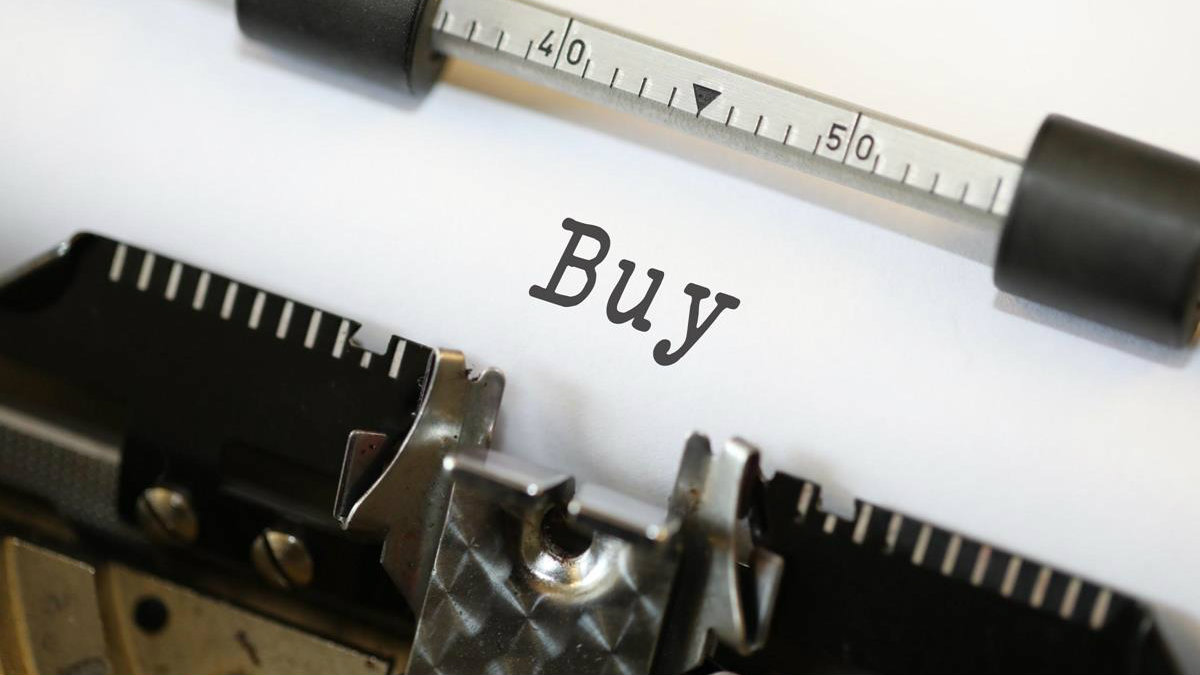The TSX is losing ground again today, as trade war fears have resurfaced. This time it relates to China and the possible U.S. tariffs on China’s technology sector. This has made investors nervous, as, once again, the possibility of trade wars is top of mind.
The TSX has fared quite well over the last 10 years and has more than doubled from lows that were hit back in the financial crisis years of 2008-2009. And while this has been justified given the expansionary monetary policy, I think we are now sitting at an inflection point. Years of easily rising profitability that was driven in large part by low interest rates and by the consumer may be coming to an end.
Interest rates are rising, consumers and companies alike are drowning under piles of debt, and rising energy prices (while great for the energy sector), will probably take their toll.
But there are always undervalued companies in almost any market. Here are two of my top undervalued picks.
Enerplus Corp. (TSX:ERF)(NYSE:ERF)
Enerplus has been a beacon of strength in the oil and gas sector. A top-notch balance sheet, operating performance, and cash flow growth profile set it apart from its peers.
With slightly less than half of its production coming from conventional crude oil, this $3.4 billion oil and gas giant is benefiting from the sharp rise in crude and natural gas prices.
In the latest quarter, the fourth quarter of 2017, the company reported a 55% increase in cash flows, driven by increasing crude oil and natural gas prices and a 6% reduction in operating costs.
The company’s capital plans, which are fully funded, are expected to result in strong production and cash flow growth over the next few years, and management believes, as I do, that this is not reflected in its stock price. In short, the stock is undervalued.
As such, the company announced today its intention to buy back up to 7% of the public float, thus returning cash to its shareholders.
Gildan Activewear Inc. (TSX:GIL)(NYSE:GIL)
The bottom line, and one of the most important takeaways from the company’s 2017 results, is the fact that its free cash flow was a very strong $165 million in the quarter and $519 million for the full year. This translates into an exceptional free cash flow margin of 19% in 2017.
So, how did the company use this free cash flow? In short, much of it was returned to shareholders in the form of dividend payments ($84 million) and share repurchases ($329 million).
Next year, we should expect more of the same in terms of cash flow generation, but given the company’s strong balance sheet, I wouldn’t be surprised if we see more activity in the M&A department, thus driving growth and shareholder value.








